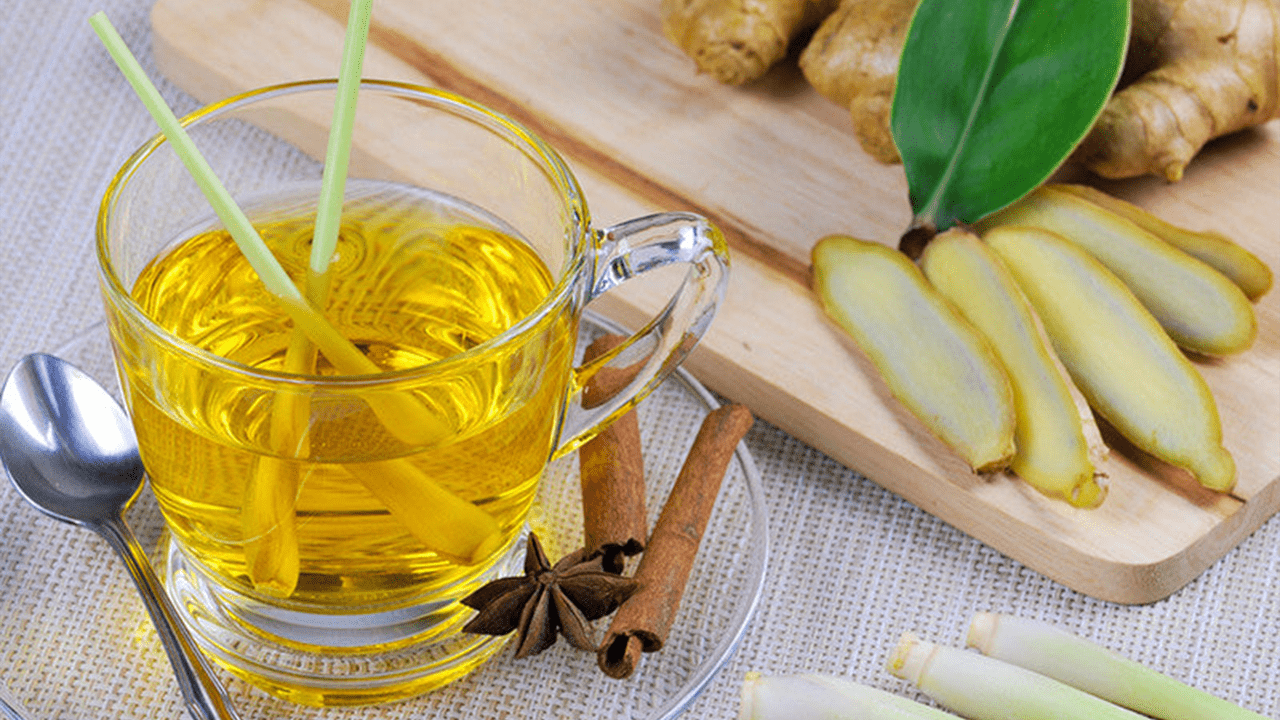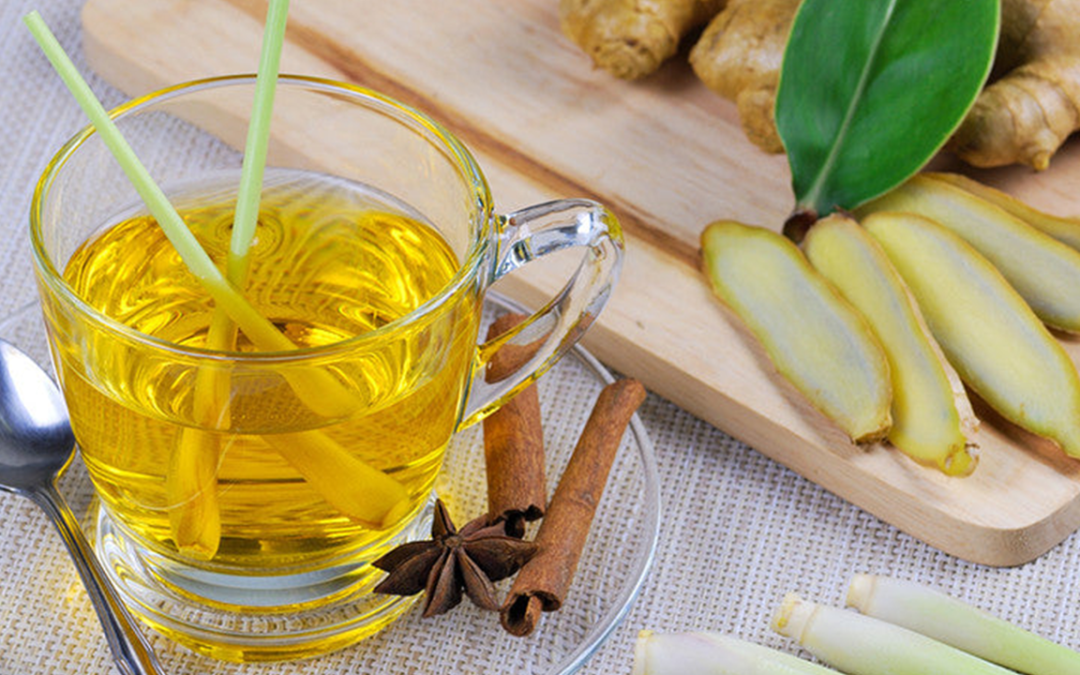
When you say tea, it exclusively refers to the dried leaf and stem of one plant: Camellia sinensis. All the other variants—white, black, and green tea—are based solely on this plant.
In the Philippines though, tea has been used as a catch-all to any plant used for hot infusion. Herbal teas or tisanes such as lemongrass and mint, even if they are not strictly considered as tea, have been included in the category and used for beverage blends.
Such is the case since the country does not produce Camellia sinensis. Unlike our Southeast Asian neighbors, we were not colonized to cultivate and produce tea. The Spaniards and Americans prioritized industrializing our cacao and coffee for their global trade.
What the Philippines lacks in tea though is compensated for by our array of botanicals.
Jamir Niño Ocampo, 36, is just one of many people who have been indulging in local herbal infusions for many years now. He even set up Tsaa Laya, a brand selling tisanes since 2012, to extend the pleasure to others.
“What makes tea and herbal infusions unique are their affinity to stillness,” he says. “There is something distinct with tea drinking that slows time as it makes the tea drinker become mindful of time and oneself when steeping the herbs, sipping instead of gulping the tea, and savoring herbal infusions on your palate.”
It was during his stay in Japan where he took his graduate studies when his interest in tea tradition, techniques, and the lifestyle supporting them deepened. Upon his return to the Philippines, he worked with the government on a livelihood generation for Ondoy typhoon victims who were relocated from Manila to a housing resettlement at Laguna. From there, he realized that the sustainability of the rural relocation of the urban poor ultimately relies not on housing availability, but on the provision of rural livelihood. He took that realization as a personal challenge, joined a number of start-up competitions to raise funds, then quit his job to establish a tea livelihood project in Calauan.
He started with developing herbal blends using two common herbs—tanglad and pandan. “These herbs are friendly to our partner farmers as they can withstand drought and flooding and they do not require chemical inputs,” he says. “When carefully and slowly processed, these herbs emit a signature aroma and taste. Tanglad has this sunny, lemony palate feel while pandan has this sweet, vanilla profile.”
Also in his Tsaa Laya roster is lemon ginger, with the heat of ginger and turmeric complementing the bright citrusy flavor of tanglad. There is also bughaw, where mint and pandan are married to create a soothing coolness that matches the blue hue of the butterfly pea flower. He is currently in the process of expanding his repertoire of botanical ingredients by toying with lagundi, cacao shells, dried mangoes, and sampaguita.
“As a nation, I believe we are aware of our herbal teas and our herbal traditions. Filipinos have been using herbs as practical treatments for a variety of conditions. For sore throats and coughs, we turn to salabat (luya) and lagundi, we use bayabas to clean our wounds, we give tawa-tawa to dengue patients. But because our local herbs are common, they have been relegated to a low-value, less-aspirational product category, whose function is limited for the sick, folkloric or geriatric consumers.” This is where his mission comes in—to turn something mundane into magical, by elevating and innovating our local herbs into a lifestyle tea drink and unique culinary experience. And so far, he has been pretty successful at it.


Recent Comments